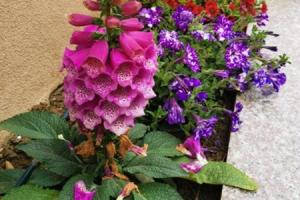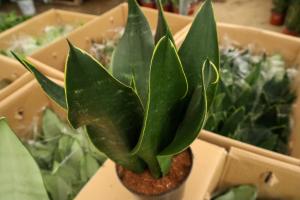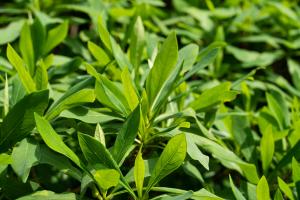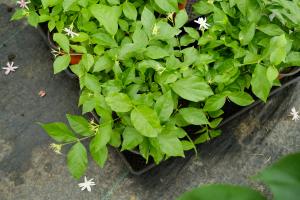Is Curvularia Mold in Potting Soil Harmful to Spider Plants?
Spider plants are one of the most popular indoor plants due to their ease of care and resilience. However, like any plant, spider plants can be susceptible to various types of mold and fungus, which can leave gardeners wondering if the Curvularia mold in their potting soil is harmful to their spiders plants. In this article, we will discuss what is Curvularia mold, how it affects spider plants, and what gardeners can do to prevent and treat it.
What is Curvularia Mold?
Curvularia is a type of mold that is commonly found in soil and on plant debris. It typically appears as dark, fuzzy spots or patches on the surface of soil or plant material. While it is not harmful to humans, it can be problematic for plants, including spider plants.
How Does Curvularia Mold Affect Spider Plants?
Curvularia mold can cause a variety of health problems for spider plants. It can lead to stunted growth, root rot, and wilting. Spider plants are also more susceptible to fungal and bacterial diseases when they are exposed to Curvularia mold, which can further damage their health.
Spider plants that have weakened immune systems, either from overwatering or underwatering, are particularly vulnerable to Curvularia mold. Additionally, spider plants that are grown in warm, humid conditions are more likely to be affected by the mold.
Preventing Curvularia Mold in Potting Soil
The best way to prevent Curvularia mold in potting soil is to make sure that the soil is well-draining and not overly moist. Spider plants prefer soil that is slightly dry and are prone to root rot if they are overwatered. Gardeners should also avoid overcrowding their spider plants, as this can promote the growth of Curvularia mold.
Gardeners should also sterilize their gardening tools, including pots, saucers, and trowels, to avoid spreading the mold to other plants. They can do this by soaking the tools in a solution of nine parts water and one part bleach for 30 minutes.
Treating Curvularia Mold in Potting Soil
If a gardener discovers Curvularia mold in their spider plant's potting soil, they should take immediate action to treat it. The first step is to carefully remove the affected soil, being sure to avoid damaging the plant's roots in the process.
Gardeners can then treat the plant with a fungicide, which will help kill the mold and prevent it from spreading. It's important to follow the instructions on the fungicide carefully, as some products can be harmful to spider plants if used incorrectly.
After treatment, it is essential that the spider plant is placed in a well-ventilated area and given proper care, including the right amount of water and sunlight, to help it recover from the damage caused by the mold.
Conclusion
While Curvularia mold in potting soil can be harmful to spider plants, it is easily preventable and treatable with the right care and attention. By ensuring that their spider plants have well-draining soil, proper light, water, and ventilation, gardeners can help prevent the growth of Curvularia mold and ensure that their spider plants thrive.

 how many times do yo...
how many times do yo... how many planted tre...
how many planted tre... how many pine trees ...
how many pine trees ... how many pecan trees...
how many pecan trees... how many plants comp...
how many plants comp... how many plants can ...
how many plants can ... how many plants and ...
how many plants and ... how many pepper plan...
how many pepper plan...






























